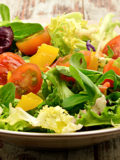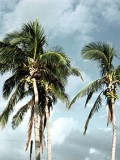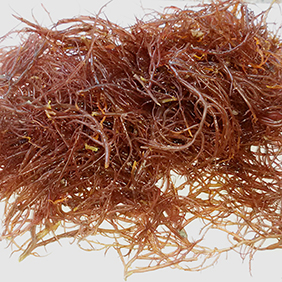
Seaweed. Photo: Liu Lab
Seaweed has long been a staple food in many Asian countries and has recently caught on as a snack food in America as a healthful alternative to chips. The edible algae that fall in the category of seaweed are low-calorie and packed with nutrients. In addition, now scientists have found that a type of commercial red algae could help counteract food allergies. They report their findings in mice in ACS’ Journal of Agricultural and Food Chemistry.
Food allergies are a major global health issue that can be life threatening in some cases. One 2014 study by researchers at Mount Sinai Hospital estimates that the condition affects about 8 percent of children and 5 percent of adults worldwide. In people who are allergic, certain compounds in food trigger a cascade of immune system reactions that lead to symptoms such as hives, wheezing and dizziness—and in the worst cases, anaphylactic shock.
Research Looks at Seaweed As Way to Prevent Allergies
Previous research has suggested that certain seaweed varieties contain polysaccharides with anti-asthmatic and anti-allergy effects. But no one had investigated whether similar molecules in Gracilaria lemaneiformis, a commercial variety of red algae, might have similar properties. Guang-Ming Liu and colleagues wanted to find out.
The researchers isolated polysaccharides from G. lemaneiformis and fed them to a group of mice sensitive to tropomyosin, a protein that is a major shellfish allergen. Another group of mice, also sensitive to tropomyosin, did not get the polysaccharides. After both groups were given the allergen, allergy symptoms in the treated mice were reduced compared to the untreated animals. Further studying polysaccharides from G. lemaneiformis could help lead to a better understanding of food allergies and their prevention, the researchers say.
If you would like to try seagreens, the current issue of Healthy Aging® Magazine includes recipes in its SuperFood article. Here is an excerpt from the article.
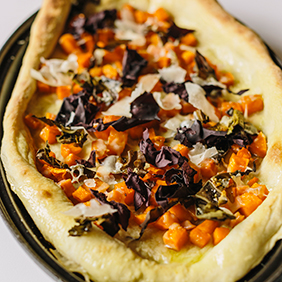
Flatbread with Butternut Squash And Smoked Dulse
Seagreens, the Mermaid’s Salad
Seagreens are the pinnacle example of superfoods. They’re low in saturated fat and cholesterol; rich in Vitamins A, B, C, D, E and K; Niacin, Riboflavin, Iron, Magnesium, Copper, Manganese, plus calcium and iodine (which regulates thyroid function). They can also be high in sodium however.
To understand seagreens, you only need to turn to Barton Seaver who has translated his illustrious career as a chef into his leadership of the Sustainable Seafood and Health Initiative at the Center for Health and the Global Environment at the Harvard T.H. Chan School of Public Health and now to a new cookbook, Superfood Seagreens (Sterling Publishers).
With benefits ranging from weight loss and increased energy to overall good health, sea greens (such as kelp, dulse, wakame and alaria) have joined the ranks of top superfoods. Seaver suggests incorporating them into your daily diet, substituting them for more familiar vegetables like kale, spinach and okra. His more-than-75 versatile recipes include everything from smoothies and cocktails to exciting salads, delicious pasta dishes, savory stews and soups—even breakfast foods and desserts.
The greens blend perfectly with herbs like dill, basil and parsley and add a kick of nutrients to salads, quiche and breakfast burritos—all recipes in Superfood Seagreens.
Try Flatbread with Butternut Squash and Smoked Dulse, a flatbread recipe topped with butternut squash and kelp as an appetizer.
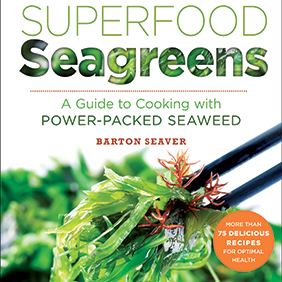 Flatbread with Butternut Squash and Smoked Dulse
Flatbread with Butternut Squash and Smoked Dulse
Makes 6 to 8 servings
1 cup butternut squash, peeled and diced into ½ inch cubes
2 tablespoons extra virgin olive oil
Salt
½ ounce smoked dulse
Saute butternut squash in 1 tablespoon olive oil until soft and just brown, cool slightly.
Roll out dough and brush with remaining olive oil and season with salt.Top dough with squash and half the dulse.
Bake or cook on stovetop until cooked through. Remove from heat and top with remaining dulse and cheese. Serve immediately.



